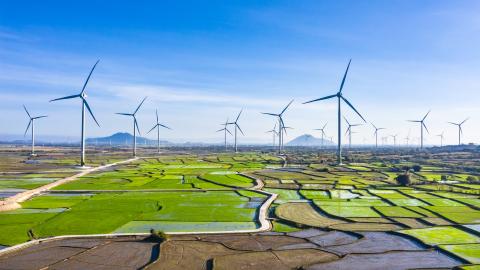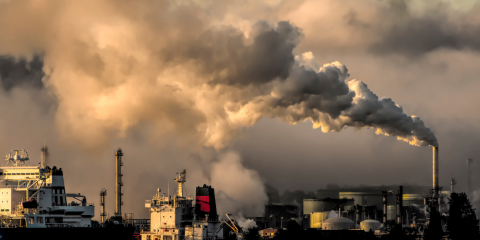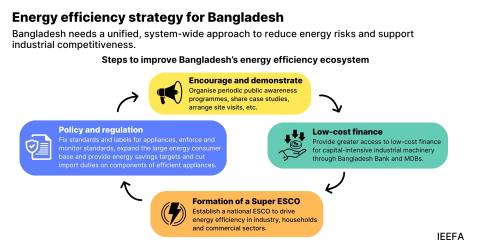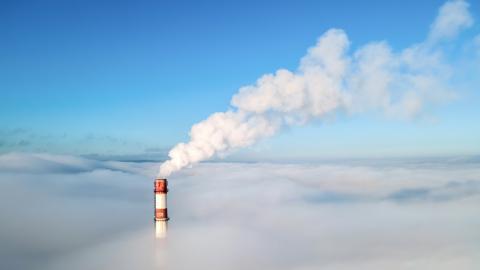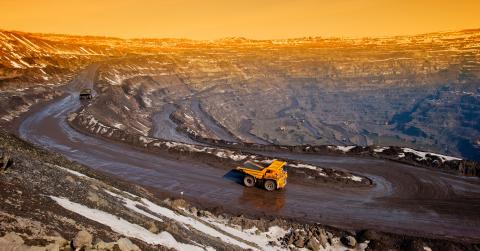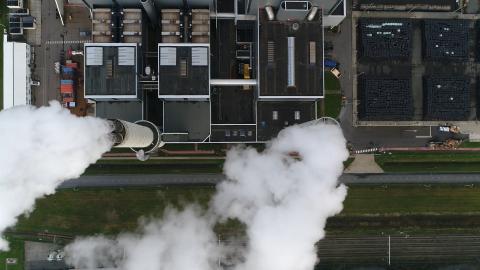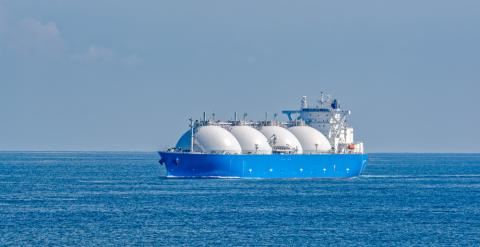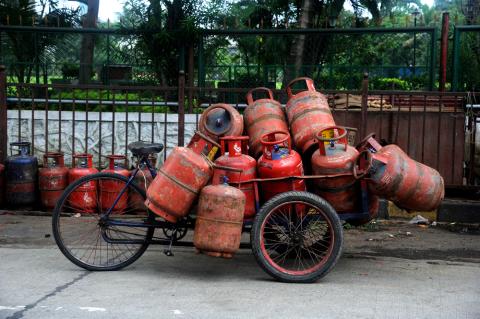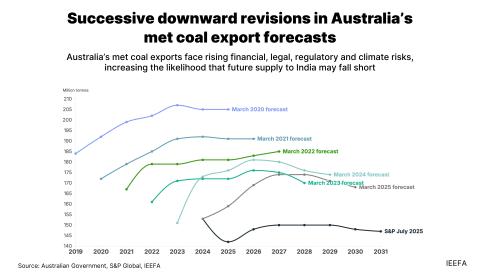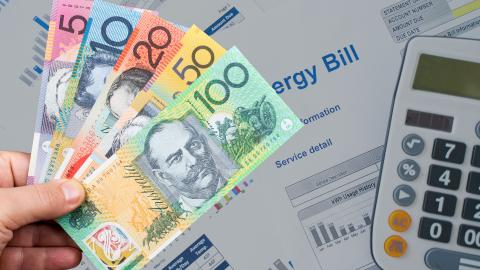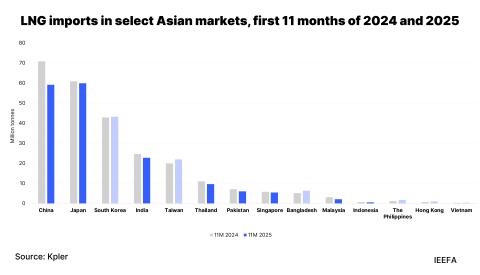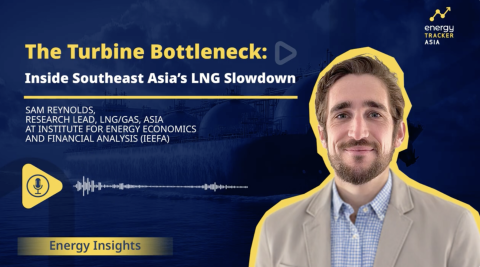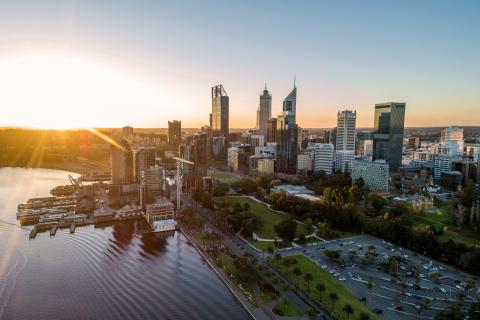
Key Findings
Gas demand on Australia’s east coast – excluding gas used for LNG production – has fallen by 32% since its peak in FY2012-13.
This fall follows a 40-year period of continuous increase; the turnaround coincided with the start of LNG exports from Queensland in 2015, which drove a tripling in gas prices.
Gas demand for power generation is down almost 60% while gas demand for manufacturing has fallen to a 31-year low, mostly due to plant closures.
The fall in demand happened as gas production rose by a factor of 2.8, with LNG production soaking up new gas supplies. Across Australia, the LNG industry uses 80% of all gas produced.
Executive Summary
When excluding gas used for LNG production, gas demand in eastern Australia dropped to a 25-year low in the fiscal year (FY) 2023-24, with a 32% decline since FY2012-13. Gas use declined across the main consuming sectors: manufacturing, electricity and residential. This fall follows a 40-year period of continuous increase; the turnaround coincides with the start of LNG exports from Gladstone in Queensland.
Since LNG exports began, average gas prices have tripled due to the stronger linkage between LNG export prices and domestic gas prices.
Since LNG exports began, average gas prices have tripled due to the stronger linkage between LNG export prices and domestic gas prices. Correspondingly, the largest gas use reductions came from the electricity and manufacturing sectors, which tend to be more price-sensitive. Prices are likely to remain higher than pre-2015 levels for decades.
In manufacturing, gas demand decreased by 24% between FY2012-13 and FY2022-23. Demand in FY2022-23 was at its lowest level since FY1991-92. This reflects the closure of petroleum refineries, the loss of minerals and chemicals processing capacity over the past decade and the impact of worsened economic conditions, including higher gas prices on smaller manufacturers, which have forced some plants to close.
Gas use in the east coast electricity system – known as the national electricity market (NEM) – dropped almost 60% between FY2012-13 and FY2023-24 as more renewables connected to the grid. Over this 11-year period, renewables rose from a 10.4% to 38.1% share of generation in the national electricity market (NEM) while the share of gas dropped from 11.5% to 5%.
Gas demand in households, particularly in Victoria, which accounts for about two-thirds of household gas demand in eastern Australia, has declined in recent years. This was likely driven by a range of factors including weather, electrification and high prices.
In contrast, the gas industry itself has been one area of gas consumption growth in eastern Australia, particularly since Queensland started exporting LNG in 2015. This increased demand is due to the fact that 8-10% of the gas used to make LNG is consumed in the liquefaction process and in piping the source coal seam gas (CSG) hundreds of kilometres to LNG export locations. Across the whole of Australia, the LNG industry uses 80% of the gas produced in the country.
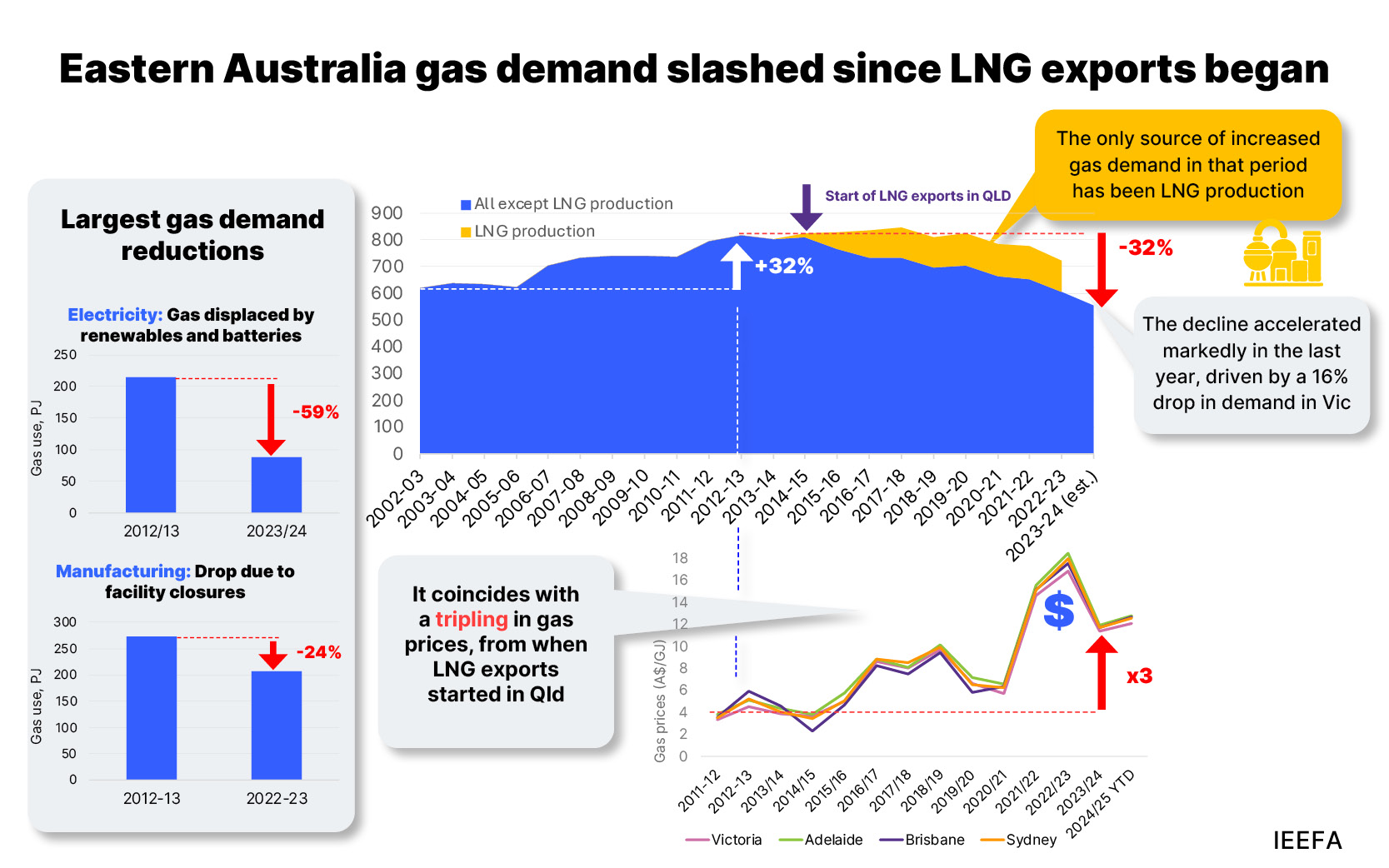
Eastern Australia’s gas production has risen 2.8 times since LNG exports started from Gladstone, from an average of 1,930 terajoules a day (TJ/d) in January 2015 to 5,490TJ/d in June 2024. This means the increase in total east coast output has effectively been directed to the three Queensland LNG export plants, given the decline in domestic gas use.
There are indications that further gas demand falls may occur in manufacturing, electricity and the residential market due to high prices, more competitive alternatives and government policy incentives. In Victoria, the state government has a gas substitution roadmap, partly in response to the long-term decline in gas production from the Gippsland Basin, which has been Victoria’s main gas supplier for 50 years.



